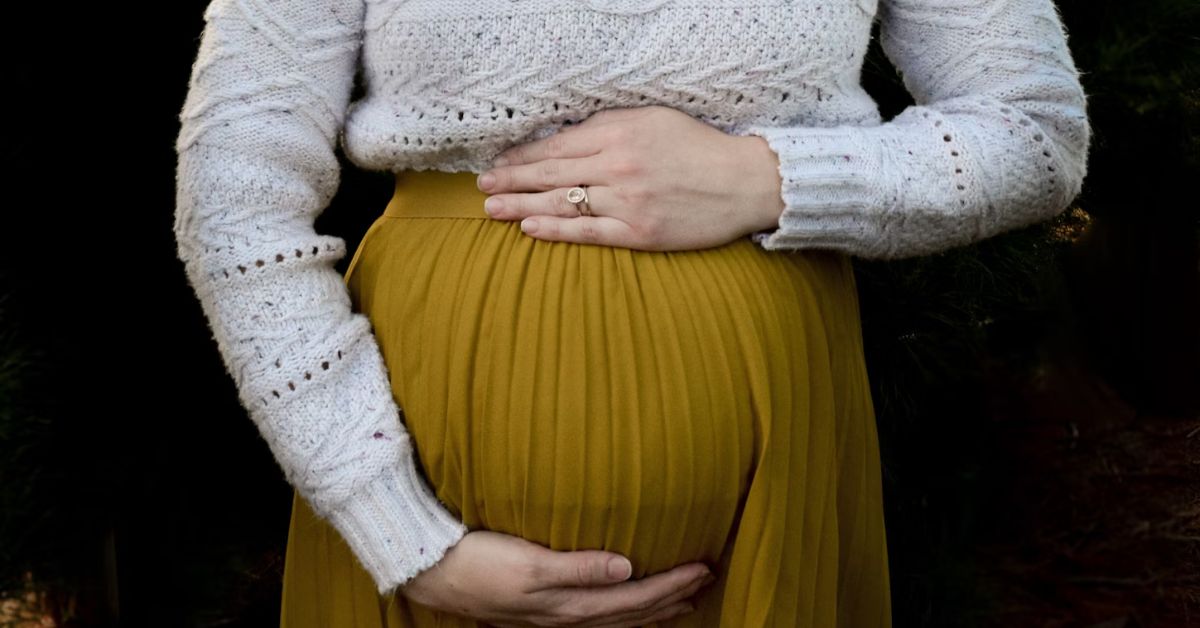Fashion
3 Considerations to Start a Clothing Brand Centered on Postpartum Needs

Motherhood can change a woman forever, be it her first child or seventh. Apart from the growing responsibilities and rollercoaster of emotions, a mother must also learn to live with her new body.
The famous tennis player, Naomi Osaka, posted on her Instagram that she didn’t feel like she was in her body. Sometimes, the changes can be that dramatic. Since a woman’s body is powerful enough to bring life into this world, postpartum is a time to dress based on recovery needs.
That’s exactly where there are real gaps in the fashion industry. While plenty of clothing lines focus on maternity, postpartum fashion is underrepresented.
If you’re here, you wish to go a step ahead of maternity fashion. It’s a thoughtful and ambitious move. We will help you in your endeavor with three important considerations. They will provide a good head start to launch a clothing line centered on postpartum needs.
Let Comfort and Functionality Reign Supreme
Two features that should define your collection are comfort and functionality. To make this happen, you need to step into a mother’s shoes.
After giving birth, the body needs time to heal properly. The Cleveland Clinic shares that a mother’s body undergoes various physical and emotional changes, some of which may last for months after childbirth.
During the recovery period, new mothers need clothes that are not too tight or difficult to get in and out of. The same applies to the convenience needed for nursing. Mothers will require tops and dresses that provide easy access to their breasts.
Some mothers may experience a delay in milk production, which could call for formula feeding in the meantime. In such cases, they do not need any nursing-specific garments, at least initially. However, keep in mind that delayed milk production often leads to discomfort later on due to blocked ducts and breast engorgement.
Most mothers will press on until they’re able to breastfeed smoothly because of the scares surrounding baby formulas. TorHoerman Law discusses the link between toxic baby formula and a gastrointestinal condition called Necrotizing Enterocolitis (NEC).
Many parents have even filed NEC baby formula lawsuit claims. While that is a different issue, women need to ensure comfort during the breastfeeding stage. The right clothing makes a difference. If you find customers with such unique issues, there can be three scenarios –
- All such mothers will require special bras and tops that do not put undue pressure on the breasts and nipples.
- In cases where delayed milk production resolves, the mother will invest in reliable nursing bras.
- In cases where the issue persists, she may still invest in postpartum bras and tops simply to prevent moisture buildup and irritation.
Consider similar postpartum exceptions so you can cater to a broader customer segment.
Niche Down Your Offerings
Did this point throw you off-balance because your niche is postpartum fashion, right? Yes, but you can narrow down your offerings further. This is a good idea in the beginning, as you can expand your line with time.
Now, there are different directions you can go with this. Most mothers take anywhere from a few weeks to a few months before they enter their pre-pregnancy state. Their clothing needs can easily change even within this short period. Let’s look at these changes a bit more closely –
- First few weeks or immediate postpartum – She may require maximum comfort, C-section recovery waistbands, nursing access, and postpartum underwear. Clothing choices may revolve around oversized tees, robes, and stretchy lounge sets.
- 1 to 3 months postpartum – The needs in this stage must cater to the shifting body shape. Mothers rely on forgiving denim, nap dresses, and nursing tops with hidden access.
- 4 to 9 months postpartum – This period’s clothes act as a bridge connecting maternity, postpartum, and regular wardrobes. Mothers become more interested in tailored and transitional pieces.
- 9 to 12+ months postpartum – This is usually the time when a woman is ready to rediscover her personal style. She may look for elevated capsule pieces that combine form and function.
You can decide to cater to one or two of these segments initially and expand your line as it performs well. Another aspect of discovering your niche would be deciding based on the occasion.
In other words, you can design an entire line that caters to postpartum workwear. This means your collection would focus on relatively formal attire with some business-casual pieces in the mix. Similarly, casual or athleisure garments form separate niches.
In case you want to stand out even more, make your line sustainable and affordable. It will cater to mothers who wish to build a capsule wardrobe with a few classic, sustainably sourced pieces. Sustainable fashion, in particular, is appealing to diverse consumer tastes, so capitalize on this growing market.
Choose Fabrics and Styles Wisely
When it comes to postpartum dressing, fabrics are often key to achieving the desired level of comfort. Mothers want their clothes to be soft for their sweet baby to snuggle against. Also, breathable and moisture-wicking materials are ideal for those hot and dry summer days.
There is a pressing need for natural fabrics like cotton or linen that feel soft and light against the skin. These are great for avoiding skin rashes, both for the mother and her baby. The Unsustainable Magazine shares that linen in particular is hypoallergenic, antibacterial, and helps the skin retain its natural pH balance.
Many postpartum garment designers even use stretchy fabrics like spandex or jersey as they will easily accommodate a new mother’s changing body shape. Also, such fabrics are ideal from the viewpoint of flexibility.
For cooler days, your collection can feature fabrics like cashmere and modal. They are a bit luxurious while also being gentle on sensitive skin.
As you focus on the right natural fabrics, give equal importance to outfit styles. Concentrate on creating looser, flowy garments that offer ease of movement and coverage. A few good examples include oversized t-shirts, A-line dresses, and flowy blouses paired with bell-bottom pants or midi skirts.
All these pieces can be worn throughout the year. Simply switching accessories or even footwear can change the tone of the look.
We hope this article offers budding designers the jumpstart they’re looking for to prioritize the needs of postpartum fashion. Recovering after childbirth is often a physically demanding process. A new mother’s body will be doing its best to bounce back to its pre-pregnancy state.
The clothing choices she makes can bring about a significant change in how well she recovers and feels postpartum. Designers who cater to this demographic attest to the testament of the miracle of life. They can empower women to embrace their new selves and make body-positive choices (one outfit at a time!).
